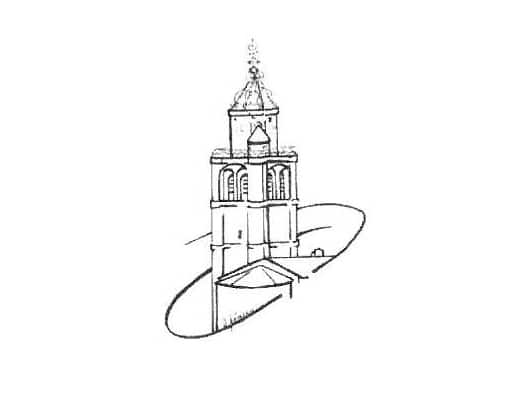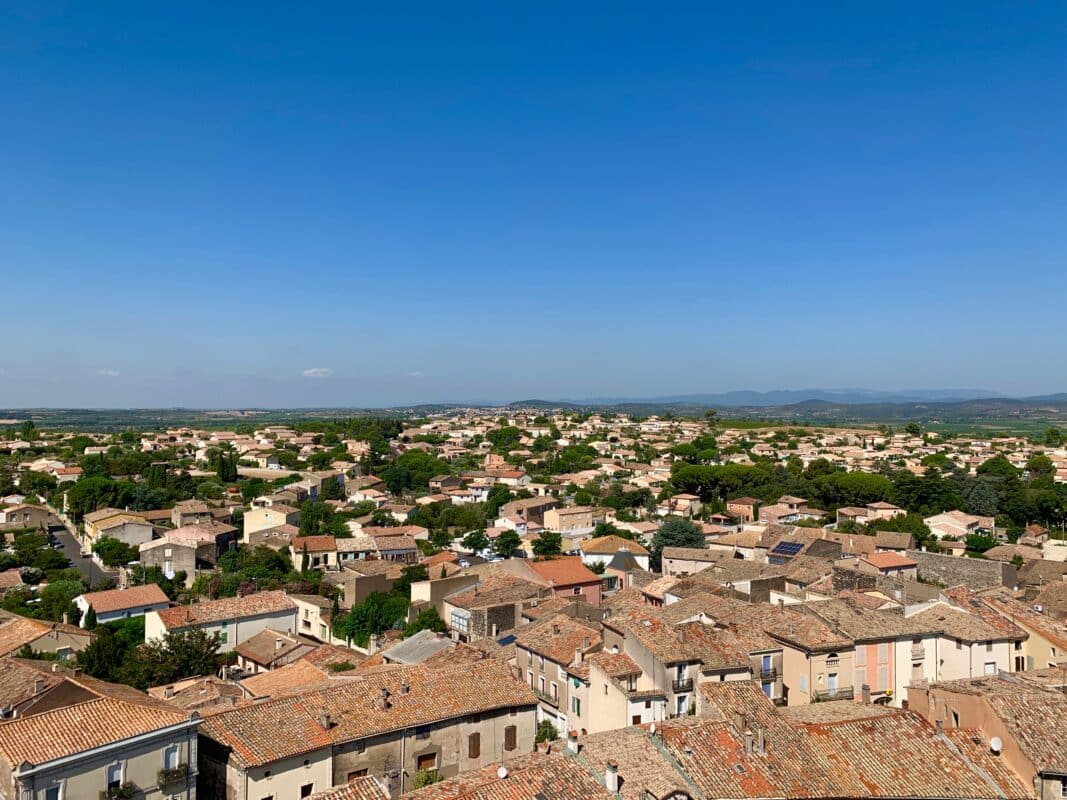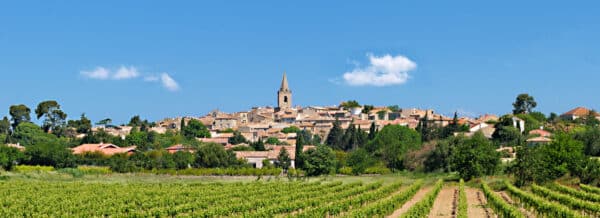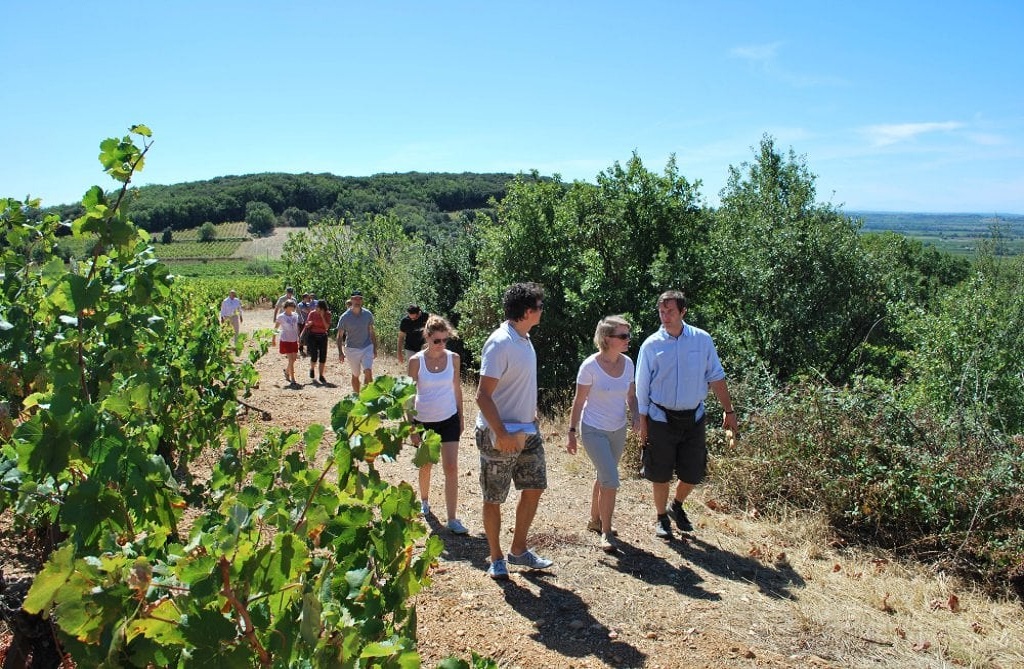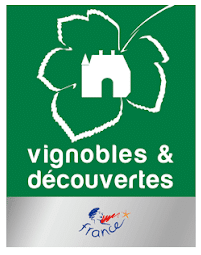Caux
An architectural gem, surrounded by vineyards
Stroll into Caux and explore this ancient town with marvellous Roman and Gothic architecture.
A medieval “Circulade”
Caux is located on the edge of the basalt lava flow from Les Baumes volcano, surrounded by vineyards. The first written mention of the village “Alode de caucio” appeared in 961. Wander around its charming side streets.
This 10th century Medieval village takes the form of a circle, arranged around the belfry-porch. Explore its historic centre, which has retained its medieval charm: curtain walls, basalt ramparts, shell limestone doors, mullioned windows, an old, pentagonal, market square etc. It is teaming with beautiful architectural details.
A remarkable heritage within the walls
The 12th Lombard-Romanesque style church of Saint-Gervais-Saint-Protais boasts an imposing 14th century belfry-porch
Next to this building is the 19th century Penitents Chapel which adjoins a house known as the “old château.” Look out for an exceptional architectural detail: the 15th century Manueline style window, the only example of this style in the South of France. Today this chapel serves as the exclusive setting for art exhibitions.
A wine-producing terroir to enjoy throughout the year
Don’t miss the wine-producing districts with their fine houses and wine cellars, outside the city walls. These elegantly decorated buildings reflect the prosperity of the vineyard during the 19th century.
Caux is still very much a wine-producing village and demonstrates its sense of community and hospitality during the festivals organised throughout the year. The village is planted with the finest grape varieties which are carefully tended by the wine-growers on their estates, producing very high quality wines.
Zoom on
A closer look at The chapel of Notre-Dame de Pitié de Mougères monastery
The name Mougères means “the land of cistus.” Vines have been grown in this area since the Ancient Era: remains of amphora, a workshop and potters kiln discovered locally confirm the early existence of vineyards and a wine trade.
In 1328, the Dominican community from Béziers established a convent which was then abandoned in the late 15th century. In 1825, the Carthusian Order inherited the chapel and buildings built by the Dominicans.and the chapel was opened to pilgrims.
They were evicted from their estate, which was confiscated under the 3rd Republic’s anti-Catholic laws, but then returned in 1935 to replant the wine estate. The Carthusian monastery closed in 1977 and the chapel was transferred to the Monastic Family of Bethlehem, of the Assumption of the Virgin and Saint-Bruno.
Today the chapel is a place of contemplation and creativity with a monastic craft workshop, open to visitors, run by the sisters of Bethlehem.
Our recommendation
What is the origin of the name Caux?
Some think that it comes from the word “causse” (limestone plateau), a fertile breeding ground for oak trees, others believe that it comes from “Kot” meaning spine in Arabic or perhaps“cal-so” the Pre-Indo-European expression for rock-shelter, and there are others still who think it derives from “caus,” a reference to limestone and the numerous lime kilns which are still visible throughout the region. One thing is certain, the name given to the inhabitants of Caux is Caussinards!
Unmissable events
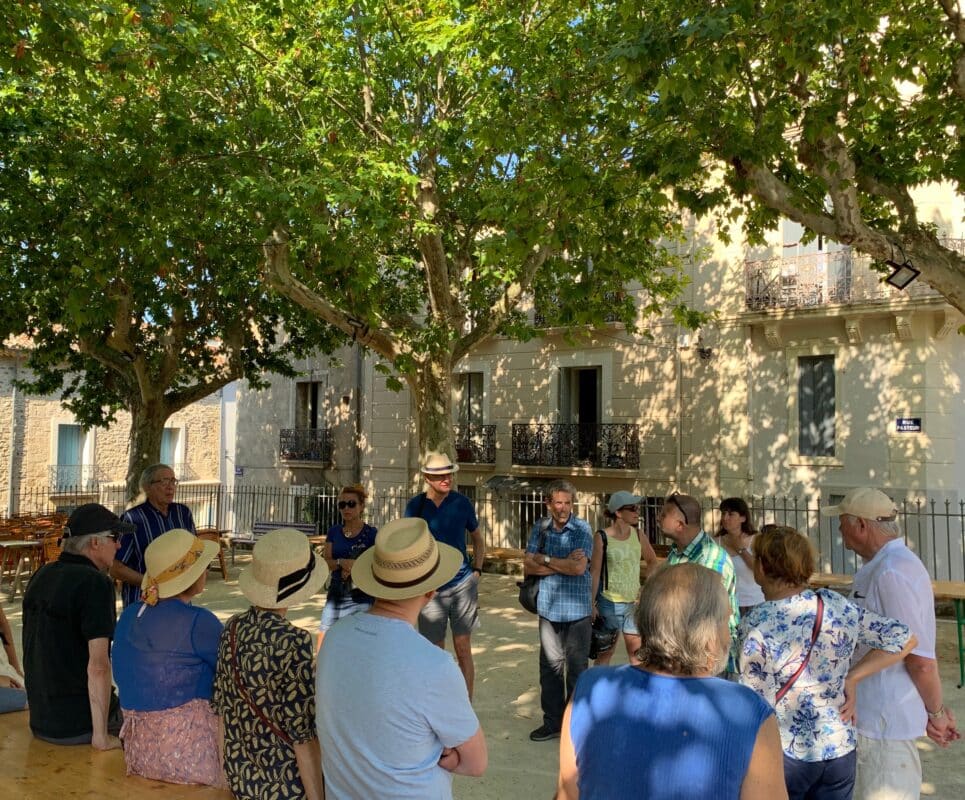
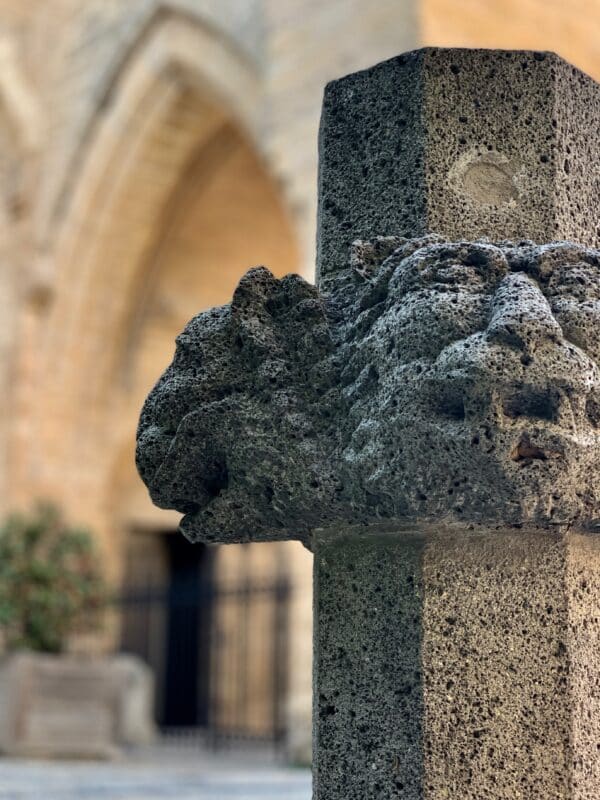

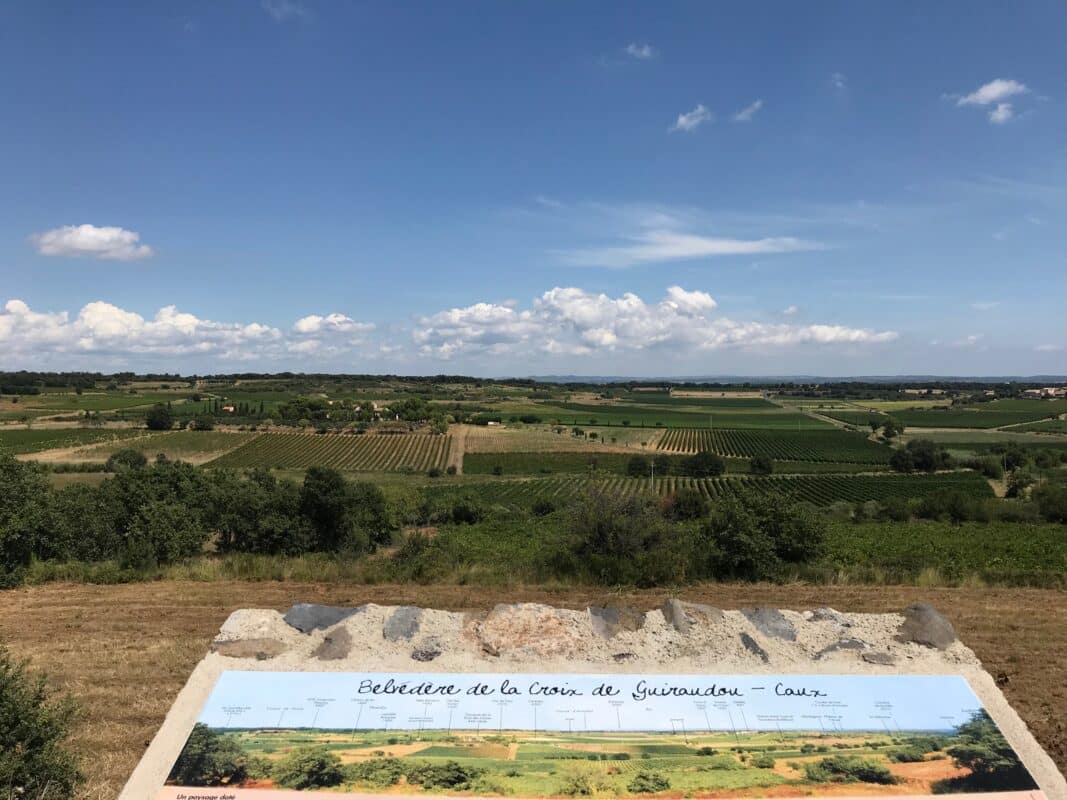
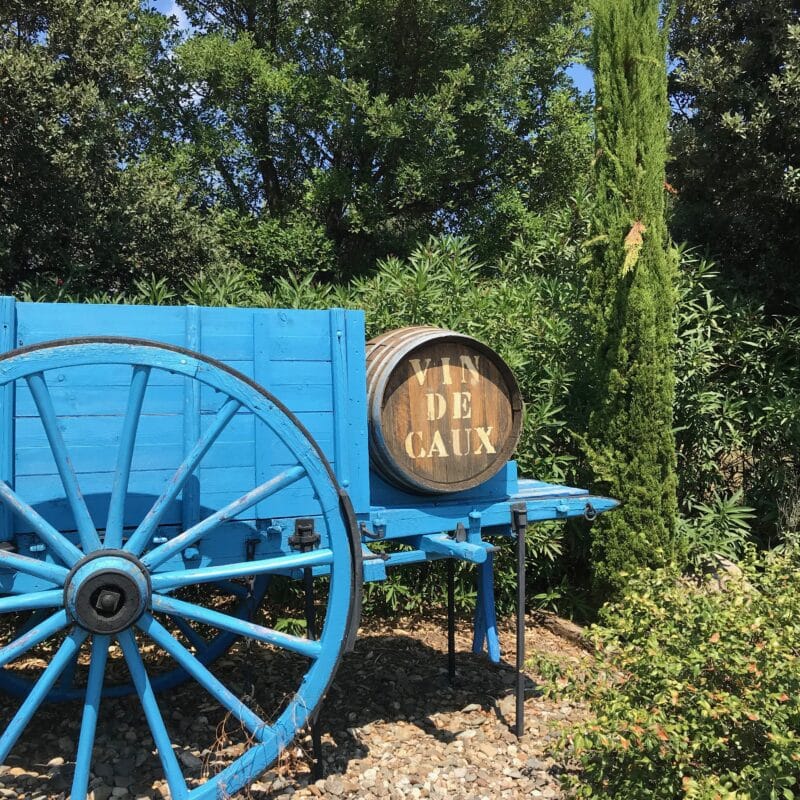
Plan your trip
- thematique.counters.hebergements | wwp-sit
- thematique.LOC | wwp-sit (11)
- thematique.CHOTE | wwp-sit (3)
- thematique.counters.activités | wwp-sit
- thematique.MUSEE | wwp-sit (1)
- thematique.LECT | wwp-sit (1)
- thematique.counters.terroir | wwp-sit
- thematique.CAVE | wwp-sit (10)
- thematique.MARCHES | wwp-sit (1)
- thematique.ACTGASTRO | wwp-sit (1)
- thematique.counters.arts | wwp-sit
- thematique.GALART | wwp-sit (1)
- thematique.counters.resto | wwp-sit
- thematique.RES | wwp-sit (5)
- thematique.GLAC | wwp-sit (1)
Our brochures on “Caux”

Holidays guide
To find out all about leisure activities, walks, ports, services and useful addresses.
Address book
Town Hall
Place de la République
34720 Caux
Phone : 04 67 98 40 09
www.caux.fr
Email
